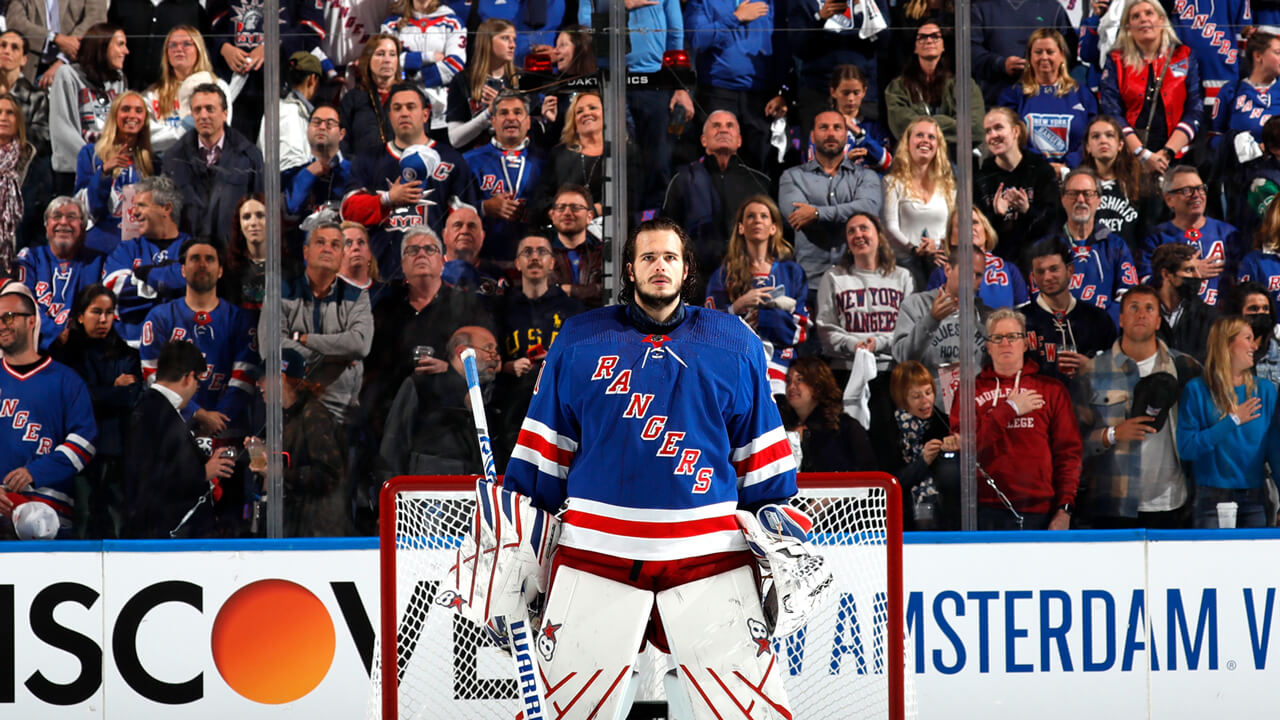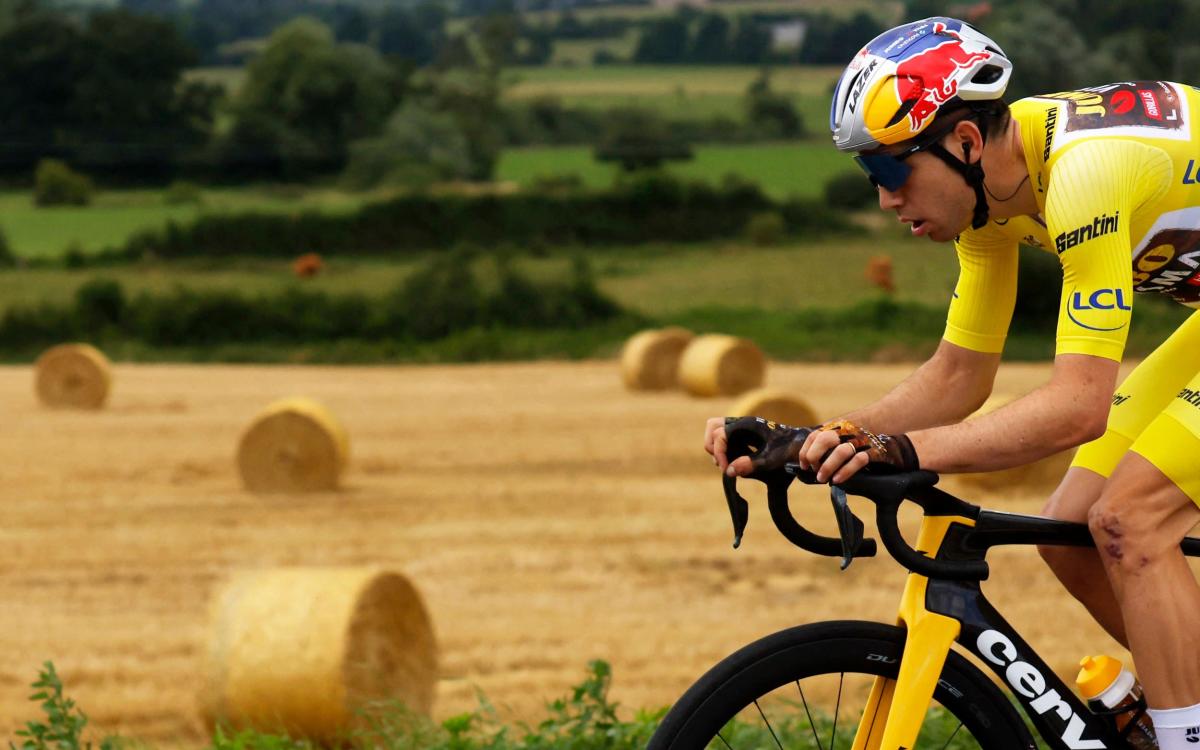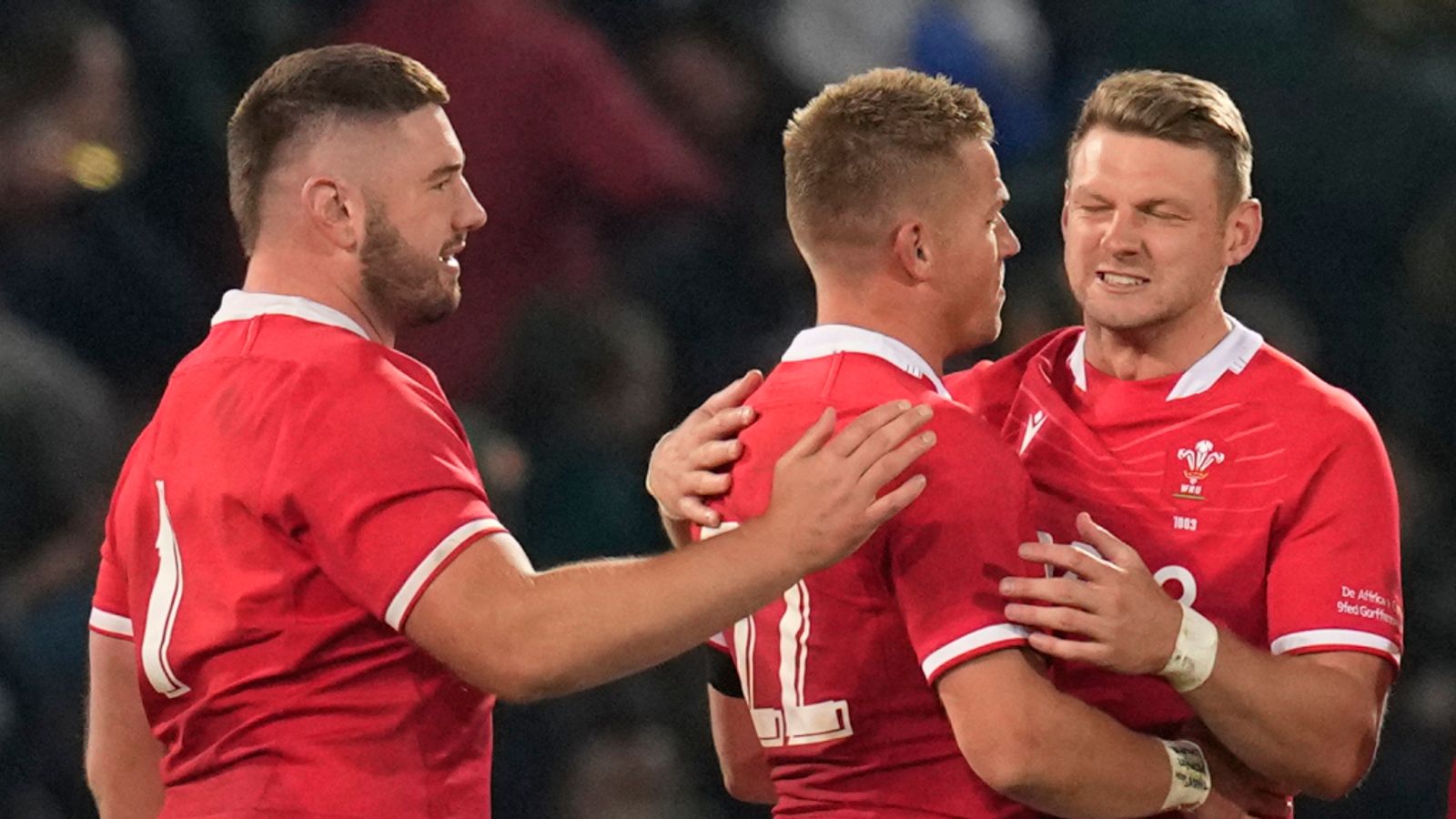HE’S A KEEPER
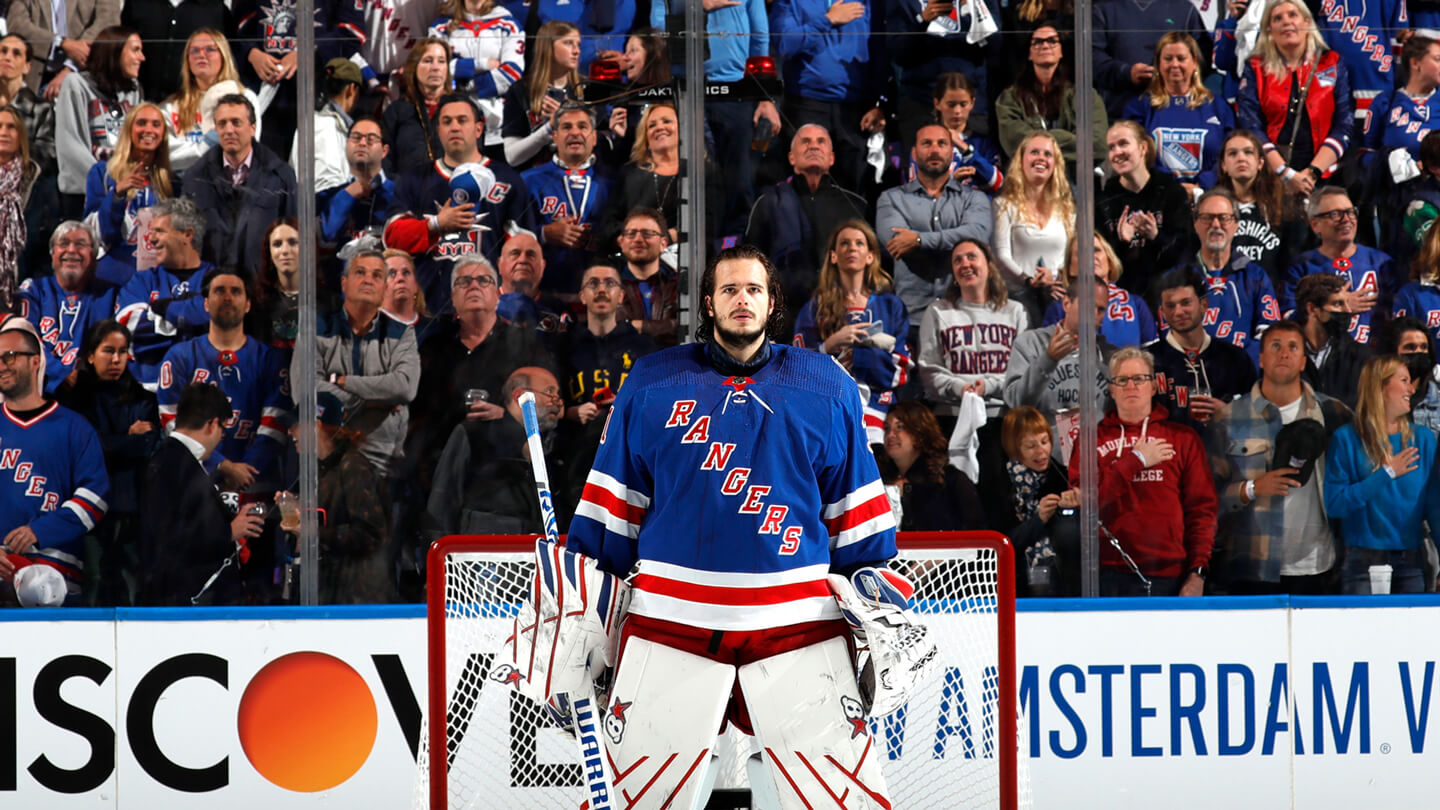
#block_62c457220dfc2
padding: 20px;
background-image: linear-gradient(to right, #0B223E, #00436E);
background-repeat: no-repeat;
background-size: 100% 50%;
.br-header-inner
position: relative;
.br-info-block
width: 100%;
padding: 0 20px 20px 20px;
.br-info-block.top
position: relative;
text-align: center;
.br-info-block.left
position: absolute;
text-align: left;
bottom: 0;
.br-info-block.center
position: absolute;
text-align: center;
bottom: 0;
.br-info-block.right
position: absolute;
text-align: right;
bottom: 0;
.br-title
font-size: 60px;
font-weight: 600;
.acf-block-component .br-title
font-size: 20px;
.acf-block-component .br-info-block.mobile
display: none;
.acf-block-component .br-logo.mobile
display: none;
.acf-block-component .br-read-duration.mobile
display: none;
.acf-block-component .br-excerpt
max-width: 56%;
text-align: center;
margin: 0 auto;
#block_62c457220dfc2
font-family: urw-din;
#block_62c457220dfc2 .br-logo
display: block;
background: url(“/wp-content/themes/sportsnet-nhl/images/logo-big-reads.svg”);
width: 114px;
height: 30px;
margin: 0 auto;
margin-bottom: 24px;
@media only screen and (max-width: 767px)
#block_62c457220dfc2 .br-logo
display: none;
@media only screen and (max-width: 767px)
#block_62c457220dfc2 .br-logo.mobile
display: block;
@media only screen and (min-width: 768px)
#block_62c457220dfc2 .br-logo.mobile
display: none;
#block_62c457220dfc2 .br-title
color: #ffffff;
#block_62c457220dfc2 .br-author
color: #ffffff;
@media only screen and (min-width: 768px)
#block_62c457220dfc2 .coauthor-profile-link
color: #ffffff;
#block_62c457220dfc2 .br-photographer
color: #ffffff;
#block_62c457220dfc2 .br-author.mobile
color: #343434;
#block_62c457220dfc2 .br-photographer.mobile
color: #343434;
#block_62c457220dfc2 .br-excerpt
color: #343434;
.acf-block-preview .btn-social-group-wrapper
display: none;
W
hat a team needs from its goalie varies from game to game. On plenty of occasions this year, the Nashville Predators asked Juuse Saros to be their savoir. On this night, though, he did a lot of standing around, secure in the knowledge he’d be called on to provide one or two critical bacon-savers for his squad. Hosting the San Jose Sharks with a little over two weeks to go in the season, the Preds were in a losing-is-not-an-option situation as they tried to lock down one of the final Western Conference playoff berths. Having dropped their previous two games, banking two points versus subpar competition was an absolute must.
Unfortunately, the Sharks — and in particular, goalie Kaapo Kahkonen — had no interest in rolling over. Saros watched from the opposite crease while his fellow Finn made save after save — 41 in all — through 60 minutes that saw Nashville dominate, but neither team score. Then, in overtime, that thing that always happens in those tilted-ice situations happened: The Sharks got their golden counter-strike chance. With all three Predators caught deep in the offensive zone, Tomas Hertl embarked on a breakaway long enough to allow for serious brainstorming before he got to the net. The Sharks sniper shifted hard to his backhand as he bore down on Saros, then jerked the puck all the way across the top of the crease to his forehand. As Hertl attempted to sweep the puck into the corner of the net, Saros thrust his entire body back against the grain and kicked his right leg out, laying down a mustard-coloured pad that prevented Hertl from ending the game. Saros was fully in the splits when the play was whistled dead, Hertl having made one additional feeble attempt to poke the puck through the splayed out body of one of the smallest puckstoppers in the league.
It was the save Nashville needed to win the game, which it did a couple minutes later on a goal from Ryan Johansen. It also demonstrated the kind of effort and ability that enticed the Preds to draft Saros despite the fact his frame in no way matches the typical dimensions of an NHL goalie. “If you were to have criteria where you have to check certain boxes, he doesn’t fit it,” says Jeff Kealty, Nashville’s assistant general manager and director of scouting. “But the one thing I can tell you is, all the intangibles that you see him succeeding with now are what attracted us to him.”
#block_62c457af0dfc3 .br-drop_cap_paragraph .firstcharacter
color: #343434;
float: left;
font-size: 120px;
font-weight: 800;
line-height: 80px;
font-family: urw-din;
margin-right:6px;
text-transform: uppercase;
@media only screen and (max-width: 767px)
#block_62c457af0dfc3 .br-drop_cap_paragraph .firstcharacter
font-size: 86px;
#block_62c457af0dfc3 .br-drop_cap_paragraph p
line-height: 32px;
font-family: roboto;
font-size: 20px;
color: #343434;
if (“undefined” !== typeof adUtility)
console.log(‘ADUTILITY’);
adUtility.insertAd(“bigbox_block_62c457d40dfc4”, type: adUtility._AD_BIGBOX, adPath: adUnitPath, targeting: adTargets() );
.acf-block-component
background-color: #fff;
.acf-block-preview .br-big_box_ad
color: #000;
background: url(“/wp-content/themes/sportsnet-nhl/images/br_bigbox_ph.png”);
background-repeat: no-repeat;
background-size: contain;
background-position: center;
height:250px;
.acf-block-preview .br-big_box_ad_label
display: none;
It’s hard to overstate what Saros did for the Predators during a season in which he was nominated for the Vezina Trophy and played more games (67) than any other guy at his position. But his value to the team was demonstrated in the worst possible way during the playoffs as, with Saros sidelined by a leg injury sustained in the season’s 11th hour, Nashville was lit up and swept aside in four games by the top-seeded Colorado Avalanche. Meanwhile, the Dallas Stars — who, like Nashville, grabbed one of two wild card berths in the West — very nearly pulled off an upset of the Calgary Flames for one reason: Jake Oettinger.
Goaltending, it turns out, continues to be a make-or-break element of hockey. And yet, teams are usually reluctant to spend premier draft capital on the young men who play the sport’s most important position. Not one of the three nominees for this year’s Vezina was taken in the first round; in fact, you’ll find two fourth-rounders — Saros and winner Igor Shesterkin — and second-rounder Jakob Markstrom. By contrast, glance over the bios of the skaters who were up for other major awards — the Hart, Ted Lindsay, Norris, Calder and Selke — and you’ll discover at least two of the three candidates for each piece of hardware were taken no lower than ninth overall. While it’s been years since we’ve seen a goalie crack the top-10, the trend of laying off tenders until your third or fourth pick might be changing. And if Saros’s success playing at five-foot-11 means anything, maybe teams will re-consider how wide a net they cast in search of a goalie.
#block_62c457d50dfc5 .br-paragraph .paragraph
font-family: roboto;
color: #343434;
.acf-block-preview .br-paragraph .paragraph p
font-size: 20px;
line-height: 32px;
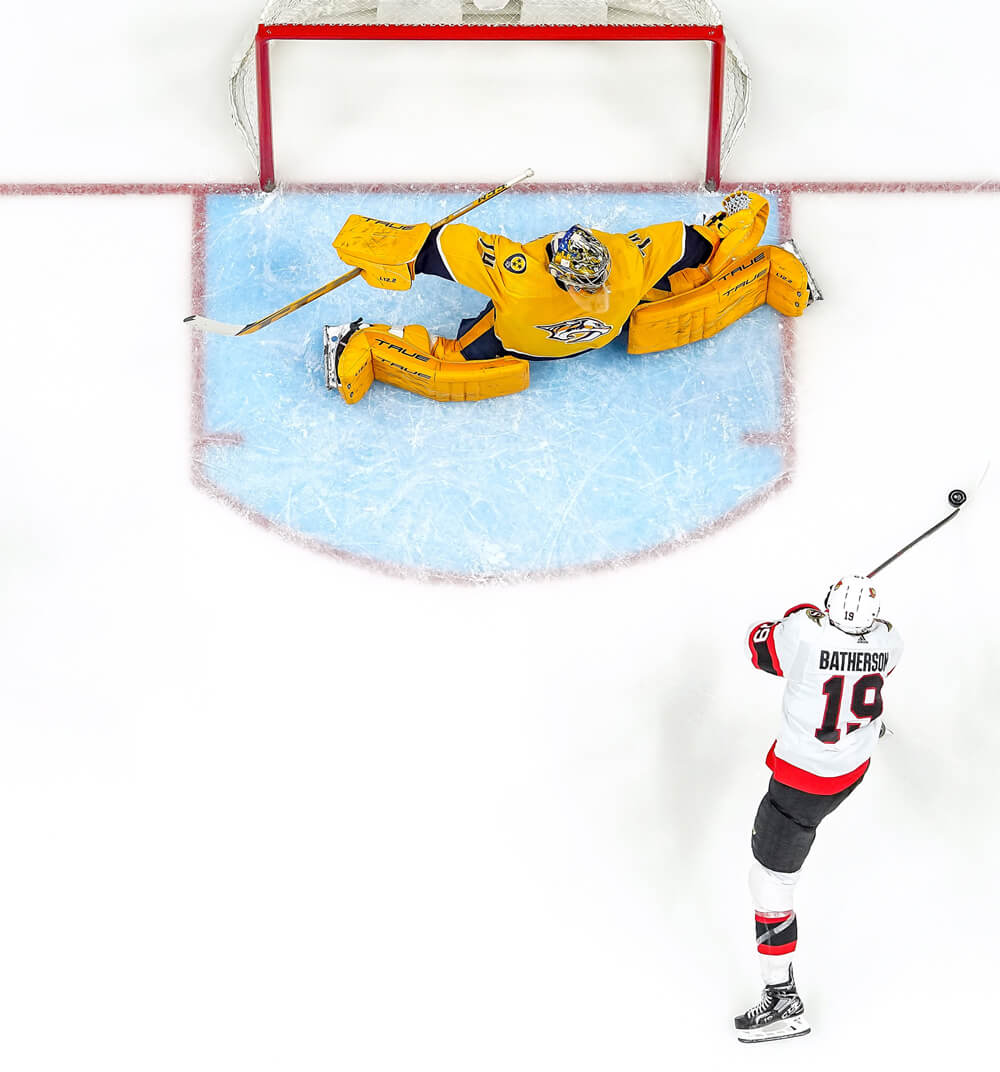
A
s a Milwaukee resident in the Age of Antetokounmpo, it stands to reason that Saros got sucked into basketball while playing for the AHL’s Admirals. It’s actually kind of surprising Saros didn’t land in North America with a love of hoops because his father, Pekka, has a serious hardwood passion, having refereed games in Finland’s best basketball league for decades. Still, when they were young, neither Juuse nor his older brother got into the game. “I don’t have the height,” Saros says with a chuckle.
The size crack in relation to basketball was made at the end of a conversation with Saros about how his stature was clearly a point of concern for a lot of hockey evaluators. While on the interview circuit at the NHL Scouting Combine during his draft year in 2013, the first thing many teams asked Saros to do was take off his shoes so the suits eyeballing him could get a measurement before directing a single question his way. “There was even this one team, they actually called me and asked me to go take an X-ray of my bones; I guess you can see from an X-ray if your bones can still grow,” he says. “I did that and the result was I was not going to grow any more. They didn’t draft me.”
#block_62c458a10dfc7 .br-drop_cap_paragraph .firstcharacter
color: #343434;
float: left;
font-size: 120px;
font-weight: 800;
line-height: 80px;
font-family: urw-din;
margin-right:6px;
text-transform: uppercase;
@media only screen and (max-width: 767px)
#block_62c458a10dfc7 .br-drop_cap_paragraph .firstcharacter
font-size: 86px;
#block_62c458a10dfc7 .br-drop_cap_paragraph p
line-height: 32px;
font-family: roboto;
font-size: 20px;
color: #343434;
#block_62c458be0dfc8 .br-pull_quote_text
color: #343434;
The Predators did, of course, snagging their now-franchise goalie 99th overall. Saros was the ninth goalie taken in 2013, a year in which no goalie was taken in the first round. That’s not surprising given the dominant ideology of the day. Goalie prospects had their moment in the sun when masked men were among the top six players selected in a given draft on seven occasions from 1997 through 2005. That basically gets you from Roberto Luongo (fourth overall in ’97) to Carey Price (fifth in 2005). In the 16 drafts we’ve had since Montreal took Price, no goalie has gone higher than 11th overall and 19 of the 30 teams that have been in the league for that entire span have never used a first-rounder on a goalie. Just seven of the 57 goalies who played at least 15 games this season were first-rounders.
Reasons for the trepidation fall on a spectrum ranging from somewhat understandable to perplexing. Goaltending has long held a mystique as a vocation for quirky, unknowable types. And, for a long time, few people from NHL front offices were making much of an effort to understand goalies any better. “It used to be the most poorly scouted position in all of sports,” says Mark Seidel, who has decades worth of scouting experience and now runs the independent service North American Central Scouting.
The size bias has become a very real thing in the past 10 to 15 years and it’s also commonly understood that goalies take longer to develop than forwards and defencemen, leaving general managers to question whether selecting an 18-year-old goalie who might not have a positive impact on his team for five years is the best career move. “Everybody says goaltenders take longer to develop,” says longtime NHL goalie coach and scout Pierre Groulx. “I agree, but I think teams can do a better job by knowing what they’re drafting and [how] to help the goalie right off the bat as soon as he’s drafted.”
#block_62c458d00dfc9 .br-paragraph .paragraph
font-family: roboto;
color: #343434;
.acf-block-preview .br-paragraph .paragraph p
font-size: 20px;
line-height: 32px;
if (“undefined” !== typeof adUtility)
console.log(‘ADUTILITY’);
adUtility.insertAd(“bigbox_block_62c4597a0dfca”, type: adUtility._AD_BIGBOX, adPath: adUnitPath, targeting: adTargets() );
.acf-block-component
background-color: #fff;
.acf-block-preview .br-big_box_ad
color: #000;
background: url(“/wp-content/themes/sportsnet-nhl/images/br_bigbox_ph.png”);
background-repeat: no-repeat;
background-size: contain;
background-position: center;
height:250px;
.acf-block-preview .br-big_box_ad_label
display: none;
Both Seidel and Groulx cite the rise of analytics — what else — as a source of particular illumination when evaluating the most static position on a 200-by-85-foot sheet of ice. Where once teams may have had a scout with no personal history at the position basically glancing at some crude stats and asking themselves “Does he look like a goalie?” now — at the very least — teams get the goalie coach involved and more and more are putting together small goalie departments with three or four people crushing video and getting in-person viewings. “I think, like a lot of things, scouting has evolved and gotten better over the years,” Kealty says. “These days there are more and more goalie-specific people from different organizations who are evaluating these guys. It’s a hand-in-hand situation. In the last few years [goalie-specific evaluators] have gotten more involved, but your [traditional] scouts are still seeing all the guys. I think that gives people a little bit more confidence when you make these high picks.”
Indeed, there seems to have been at least a slight shift in recent years when it comes to stepping up and taking a goalie with a first-round pick. From 2007 to 2018, the only time a club picked a goalie with one of the top 17 selections was the Dallas Stars grabbing Jack Campbell 11th overall in 2011. Each of the past three drafts, however, have seen a goalie go in the top 15 with Nashville snagging Yaroslav Askarov 11th in 2019, Florida drafting Spencer Knight 13th in 2020 and Detroit using pick No. 15 to take Sebastian Cossa in 2021.
Kealty acknowledges that, in addition to the scouting becoming more refined, it’s also likely no coincidence that the best goalie on the planet for some time has been Tampa’s Andrei Vasilevskiy, a 19th-overall pick in 2012. Five years later, Dallas took Oettinger 26th overall and the entire hockey world just saw him nearly win a playoff series on his own. Finding a player capable of that kind of impact can mean the world for a franchise, which is why Seidel has always been a little miffed by the hesitancy to take goalies high. He points out that National Football League teams, year after year, find reasons to talk themselves into drafting a quarterback sooner rather than later because, if you hit on that position, you’re probably a playoff squad for a decade to come. The same can basically be said of a franchise goalie, yet teams shy away. At least, they have for a long time. “Any player you draft, it’s based on projection,” says Kealty. “And if you really believe in the player — no matter what the position is — you’re going to take him high if you see his upside as that high. And if you hit on it at the goaltending position? Well, then you’re in pretty good shape.”
#block_62c4597c0dfcb .br-paragraph .paragraph
font-family: roboto;
color: #343434;
.acf-block-preview .br-paragraph .paragraph p
font-size: 20px;
line-height: 32px;
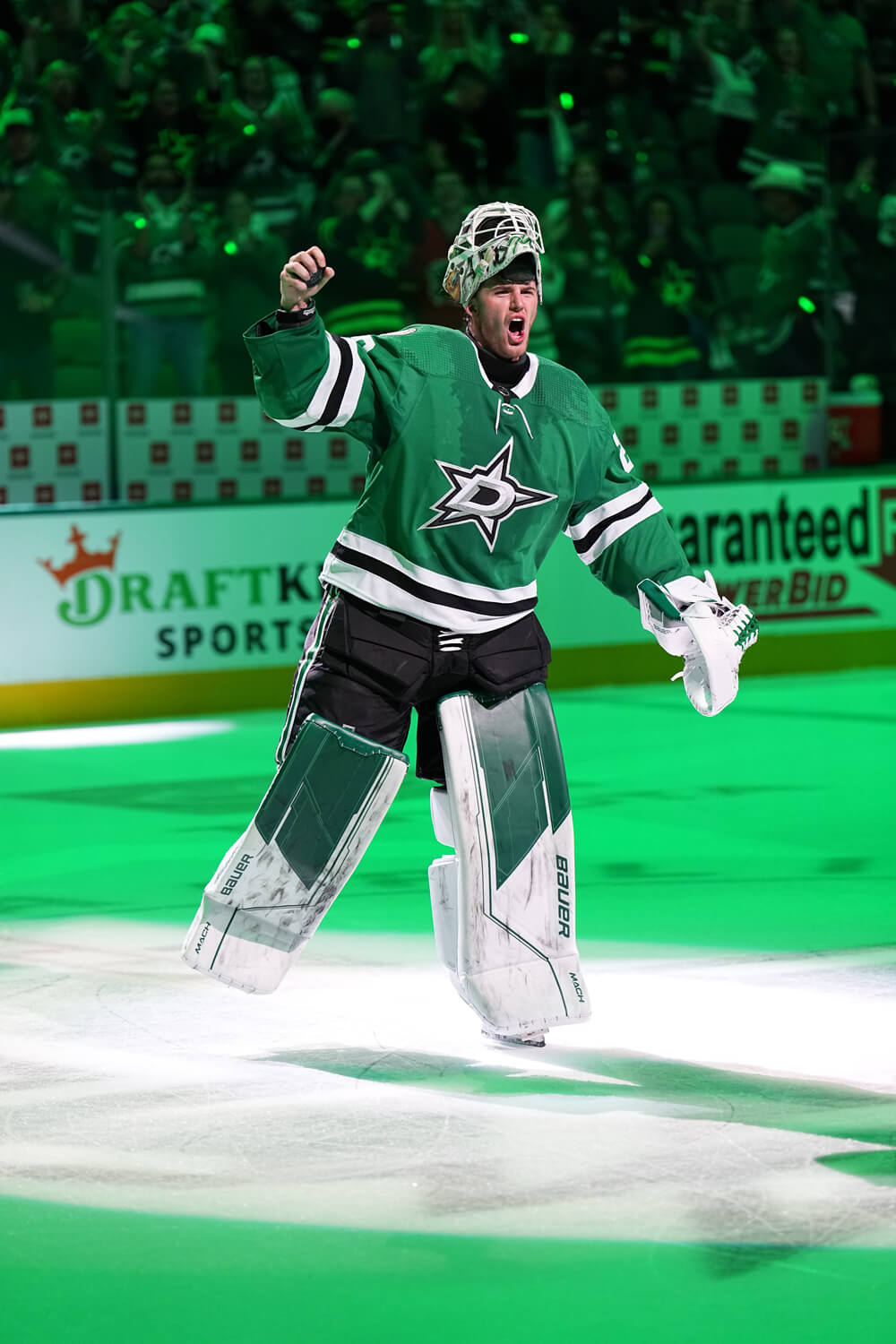
P
rior to this year’s Connor McDavid-driven run, the last time the Edmonton Oilers advanced as far as the playoffs’ final four was 2006. That year, the Oilers received Conn Smythe-level performances from defenceman Chris Pronger and goalie Dwayne Roloson. The Cup Final they lost in seven games to Carolina may have even swung the other way had Roloson not sustained a season-ending injury in Game 1 of the series. Roloson’s strong career as a six-foot-tall goalie included another deep run with the Lighting in 2011, when he was 41 years old.
Roloson never heard derisive talk about his height when he was coming up through the ranks, but the size conversation was unavoidable by the time he started working for the Victoria Royals as a skills consultant during the back half of the last decade. At that time, Victoria’s Griffen Outhouse was one of the circuit’s top stoppers. His .937 save percentage in his first year of NHL draft eligibility was the best mark in the WHL during the 2015-16 season. Outhouse finished sixth and third in save percentage during the next two years, respectively, but no team ever saw fit to spend so much as a seventh-rounder on the six-footer. “We had all these teams coming in and they wouldn’t even look at him,” Roloson recalls. “One of the guys [asked me] ‘How tall is he?’ I said, ‘He’s my height,’ and the guy was like, ‘If they’re under [six-foot-two], I can’t even look at them. If I brought this to my GM, I’d be fired.’”
#block_62c45a4a0dfce .br-drop_cap_paragraph .firstcharacter
color: #343434;
float: left;
font-size: 120px;
font-weight: 800;
line-height: 80px;
font-family: urw-din;
margin-right:6px;
text-transform: uppercase;
@media only screen and (max-width: 767px)
#block_62c45a4a0dfce .br-drop_cap_paragraph .firstcharacter
font-size: 86px;
#block_62c45a4a0dfce .br-drop_cap_paragraph p
line-height: 32px;
font-family: roboto;
font-size: 20px;
color: #343434;
#block_62c45a5d0dfcf .br-pull_quote_text
color: #343434;
Outhouse — who played nine games in the ECHL and five more in the American Hockey League during the 2019-20 campaign — is now 24 years old and spent this past winter with the University of New Brunswick Reds. In the NHL, meanwhile, Saros recorded his Vezina-calibre season while being just one of two stoppers — along with veteran Slovak Jaroslav Halak — to play at least 10 games and be listed at five-foot-11 or shorter. In 2003-04, the last year of the Dead Puck Era, 14 goalies fit that criteria. In the 2008 and 2009 playoffs, five-foot-11 Chris Osgood played 42 contests, won the Cup once and played in another Final while posting a league-best .928 save percentage over those two post-seasons. In 2011, Boston’s Tim Thomas became the last sub-six-foot goalie to lead a team to a title, besting Roloson 1-0 in Game 7 of the Eastern Conference Final, then outdueling six-foot-three Roberto Luongo in the showcase series en route to winning playoff MVP honours. But for much of the past decade, NHL executives have been channeling the energy of Charles Wang, the now-deceased former Islanders owner who — never one to think inside the box — openly mused about the possibility of trying to convert sumo wrestlers to goalies. “A lot of these GMs are going that way,” says Roloson, who’s convinced a lot of quality tenders are being overlooked. “But we laughed about it when Charles said it.”
If the logic of stalking large stoppers is basic — bigger body covers more net — the rub is that style accounts for a lot in the crease and size does not tell the whole story, especially as skaters have become so adept at making goalies move with east-west one-timer plays. “You can still have six-foot-six goalies who play like they’re five-foot-five,” Groulx says. “And you can have goalies like Juuse Saros who are small, but play bigger than what they are.”
#block_62c45a750dfd0 .br-paragraph .paragraph
font-family: roboto;
color: #343434;
.acf-block-preview .br-paragraph .paragraph p
font-size: 20px;
line-height: 32px;
if (“undefined” !== typeof adUtility)
console.log(‘ADUTILITY’);
adUtility.insertAd(“bigbox_block_62c45a8a0dfd1”, type: adUtility._AD_BIGBOX, adPath: adUnitPath, targeting: adTargets() );
.acf-block-component
background-color: #fff;
.acf-block-preview .br-big_box_ad
color: #000;
background: url(“/wp-content/themes/sportsnet-nhl/images/br_bigbox_ph.png”);
background-repeat: no-repeat;
background-size: contain;
background-position: center;
height:250px;
.acf-block-preview .br-big_box_ad_label
display: none;
As it happens, the 2022 goalies are not regarded as a strong draft class. Still, if someone like Vasilevskiy or Oettinger can inspire teams in a copycat league to spend first-rounders on goalies, can Saros’s achievements — or even the promise shown by average-sized Buffalo Sabres prospect Devon Levi — convince a club to step up and put some faith in undersized hopefuls like Brett Brochu of the London Knights or Hugo Havelid, who led Sweden to gold at the U-18 World Championship in May? Maybe it’s time to be less rigid about the Platonic ideal of a goalie, not only because the position is so important but also because, with each passing year, teams rely more and more on both members of a battery to get them through an offence-happy regular season. “The game is so quick now and the players are so talented that the game is mentally tougher for goalies because it comes at them so quick,” Groulx says. “It’s not necessarily the physical aspect of the game that’s tough for goalies, it’s the mental aspect.”
Saros — who says size questions never irked him — has always had the between-the-ears aspect of the game down, to say nothing of his strong positioning and absurd quickness. Kealty doesn’t deny there’s a certain frame scouts prefer at any position — teams want six-foot-three centres or defencemen too, if they can get them — but ultimately, as was the case with Saros, a prospect just has to have enough of the other “it” factors to entice you. “There are guys who have success who are cut from these different moulds and that’s the job of scouting, to find the intangibles and to see through all of it and still take chances,” Kealty says. “In this case, it’s worked out very well for everybody.”
Who wants to be able to say that next?
#block_62c45a8c0dfd2 .br-paragraph .paragraph
font-family: roboto;
color: #343434;
.acf-block-preview .br-paragraph .paragraph p
font-size: 20px;
line-height: 32px;
Jared Silber/NHLI via Getty Images; John Russell/NHLI via Getty Images; Glenn James/NHLI via Getty Images.
.acf-block-preview .btn-social-group-wrapper
display: none;
.acf-block-preview .br-additional_credits
text-align: center;

